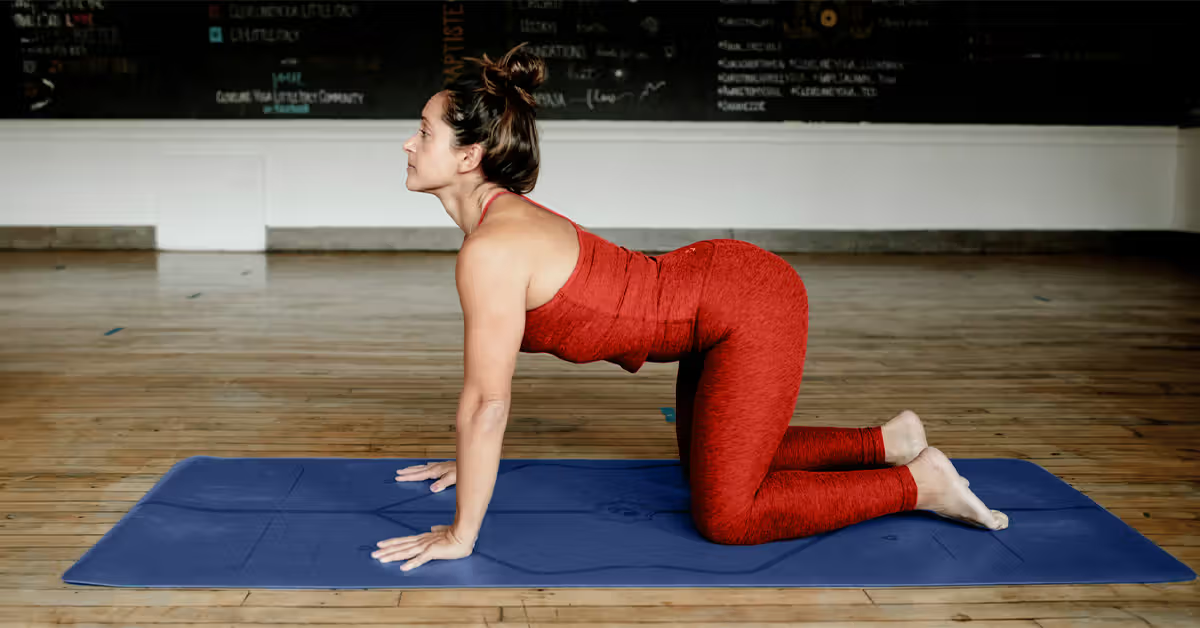Most of us experience tension daily, whether it’s long hours at a desk, a stressful commute, or simply juggling the responsibilities of daily life. Over time, tension can build up in the muscles, leading to stiffness, discomfort, and even poor posture. The good news is that you don’t need expensive equipment or a gym membership to relieve this tension. Simple stretches, done regularly, can help release tension, improve circulation, and bring a sense of calm to the body and mind.
This article explores some beginner-friendly stretches that you can do anytime, anywhere. These exercises are designed to fit into a busy lifestyle and effectively relieve common problem areas like the neck, shoulders, back, and hips.
Why Stretching Helps Relieve Daily Tension
Tension in the body is often caused by stress, inactivity, or repetitive movements. When muscles are held in a tense position for extended periods, they become stiff, reducing flexibility and increasing discomfort. Stretching helps lengthen these muscles, increase range of motion, and release built-up physical tension in the body.
Besides the physical benefits, stretching can also promote relaxation. Take a few minutes to focus on your body and breathing to reduce stress hormones, leaving you feeling calmer and more energized.
Neck and Shoulder Stretches
The neck and shoulders are among the most vulnerable areas for daily stress relief, especially for people who work long hours at a computer or look at their phone.
Side Neck Stretch
Sit or stand upright. Gently tilt your head toward your right shoulder until you feel a stretch on the opposite side of your neck. Hold for 20 seconds, then repeat on the left side. This stretch can relieve stiffness caused by poor posture.
Shoulder Rotation
Lift your shoulders up toward your ears, rotate them back, and then lower them. Repeat this circular motion 10 times, then reverse the movement. Shoulder rotations are simple yet effective and can release built-up tension in the upper body.
Upper Back and Chest Stretches
Poor posture and prolonged sitting often lead to tightness in the chest and a stiff upper back. These stretches can alleviate these effects.
Seated Spinal Twist
Sit upright with your feet flat on the floor. Place your right hand on the back of your chair and gently twist your torso to the right. Hold for 15-20 seconds, then switch sides. This stretch improves spinal flexibility and relieves tension in the upper back.
Chest Opener
Clasp your hands behind your back, arms straight. Gently lift your chest while pulling your shoulders back. Hold for 20 seconds. This exercise helps open the chest and improve posture by reversing the hunched-over posture many people have at their desks.
Lower Back Stretches
The lower back bears the majority of your body weight and is prone to tension and discomfort. Simple stretches can help maintain flexibility and support.
Cat-Cow Stretch
Start in a table position, hands and knees. Inhale, arch your back, and lift your head (cow pose). Exhale, arch your back, and pull your chin toward your chest (cat pose). Repeat 6-8 times. This gentle breathing can relax the spine and relieve stiffness.
Child’s Pose
From your knees, sit on your heels, extend your arms forward, and lower your chest toward the floor. Hold for 20-30 seconds and inhale deeply. This pose relaxes the lower back and releases strength throughout the body.
Hip and Leg Stretches
Sitting for long periods often leads to stiff hips and legs. These stretches target these areas and improve flexibility.
Hip Flexor Stretch
Kneel on your right knee with your left foot forward in a lunge position. Gently shift your weight forward until you feel a stretch in your right hip. Hold for 20 seconds, then switch sides. This stretch is great for relieving tension in the hip flexors caused by prolonged sitting.
Hamstring Stretch
Sit on the floor with your right leg straight and your left leg bent inward. Extend your straight leg toward your toes, keeping your back straight. Hold for 20 seconds on each side. This stretch improves the flexibility of your hamstrings and relieves tension in the lower body.
Full-Body Stretches for Stress Relief
Some stretches target multiple areas simultaneously, making them effective daily methods for relieving tension.
Helps you incorporate it into your daily routine:
- Stretching in the morning can wake up your muscles and give you an energetic start to the day.
- Do short stretches at work to prevent stiffness.
- Stretching combined with deep breathing can relax the body and mind and relieve stress.
- End the day with a light stretch in preparation for a refreshing sleep.
- View stretching as a form of self-care rather than a chore, and you’ll find it easier to stick with it and enjoy the benefits.
Frequently Asked Questions about Daily Stretching for Stress Relief
1. How long should you hold each stretch?
Hold each stretch for about 15-30 seconds. Avoid strenuous movements and focus on calm breathing to maximize the effect.
2. Can stretching actually relieve stress?
Yes. Stretching can improve blood circulation and promote relaxation. Combined with deep breathing, it helps lower stress hormones and promote calmness.
3. Is it better to stretch in the morning or evening?
Both times are beneficial. Stretching in the morning can energize your day, while stretching in the evening can reduce stress and help you fall asleep.
4. Do I need special stretching equipment?
No. Most stretches require only your body weight. However, a yoga mat or towel can provide comfort, especially for floor stretches.
5. How long does it take for stretching exercises to show results?
Some relief is immediate, but long-term benefits, such as increased flexibility and reduced stress, require weeks of consistent practice.
Conclusion
Many people experience stress daily, but this doesn’t have to affect their health. Just a few minutes of simple stretching each day can relax tense muscles, improve your posture, and reduce stress. Whether you relax at home, in the office, or just before bed, these stretches are easy to incorporate into any lifestyle.
Remember: consistency is key. Small daily efforts can add up to big improvements. Make stretching a regular habit, and you’ll enjoy greater comfort, improved mobility, and a more relaxed state of mind. Your body will thank you for your care and attention.




